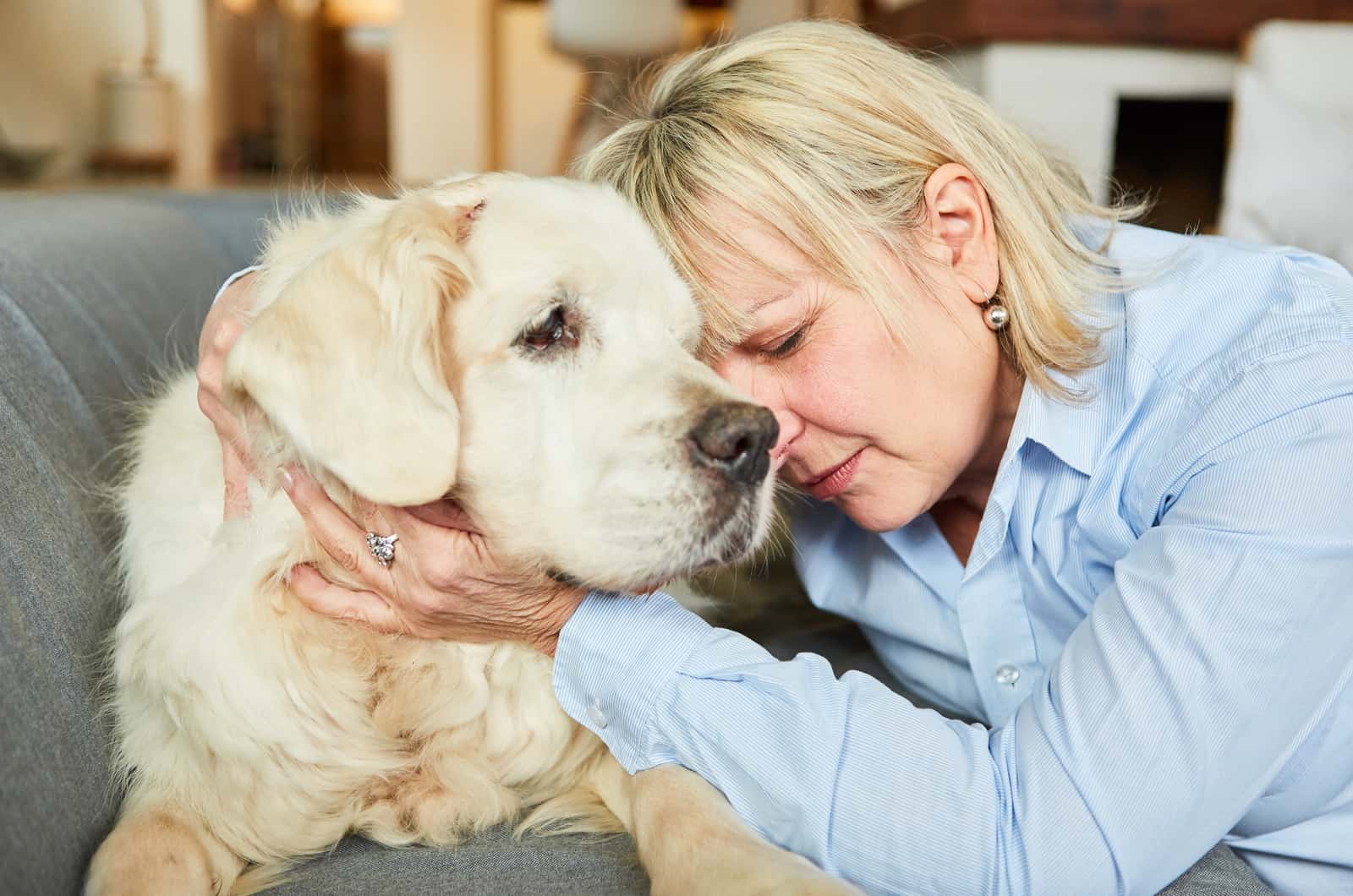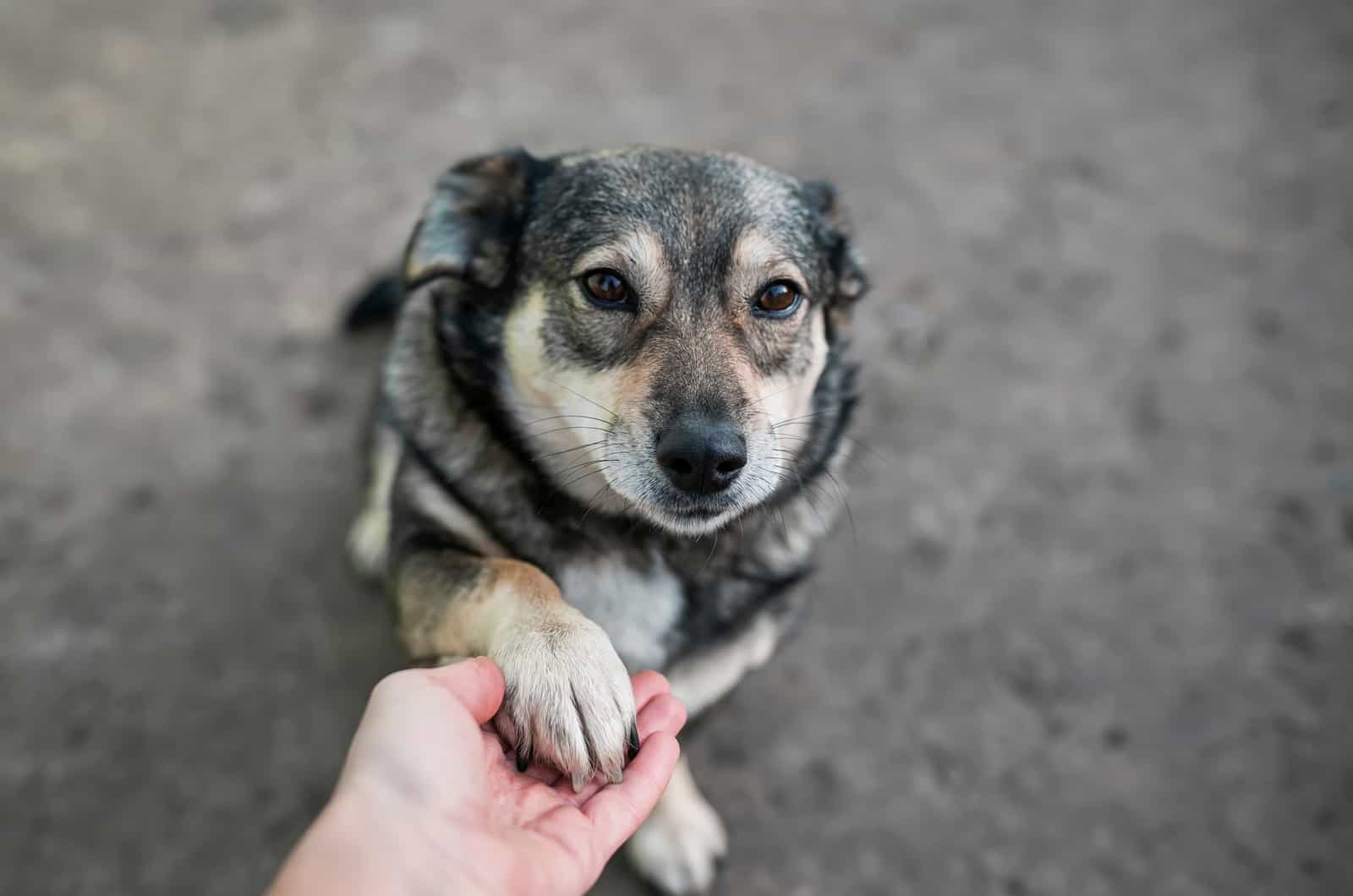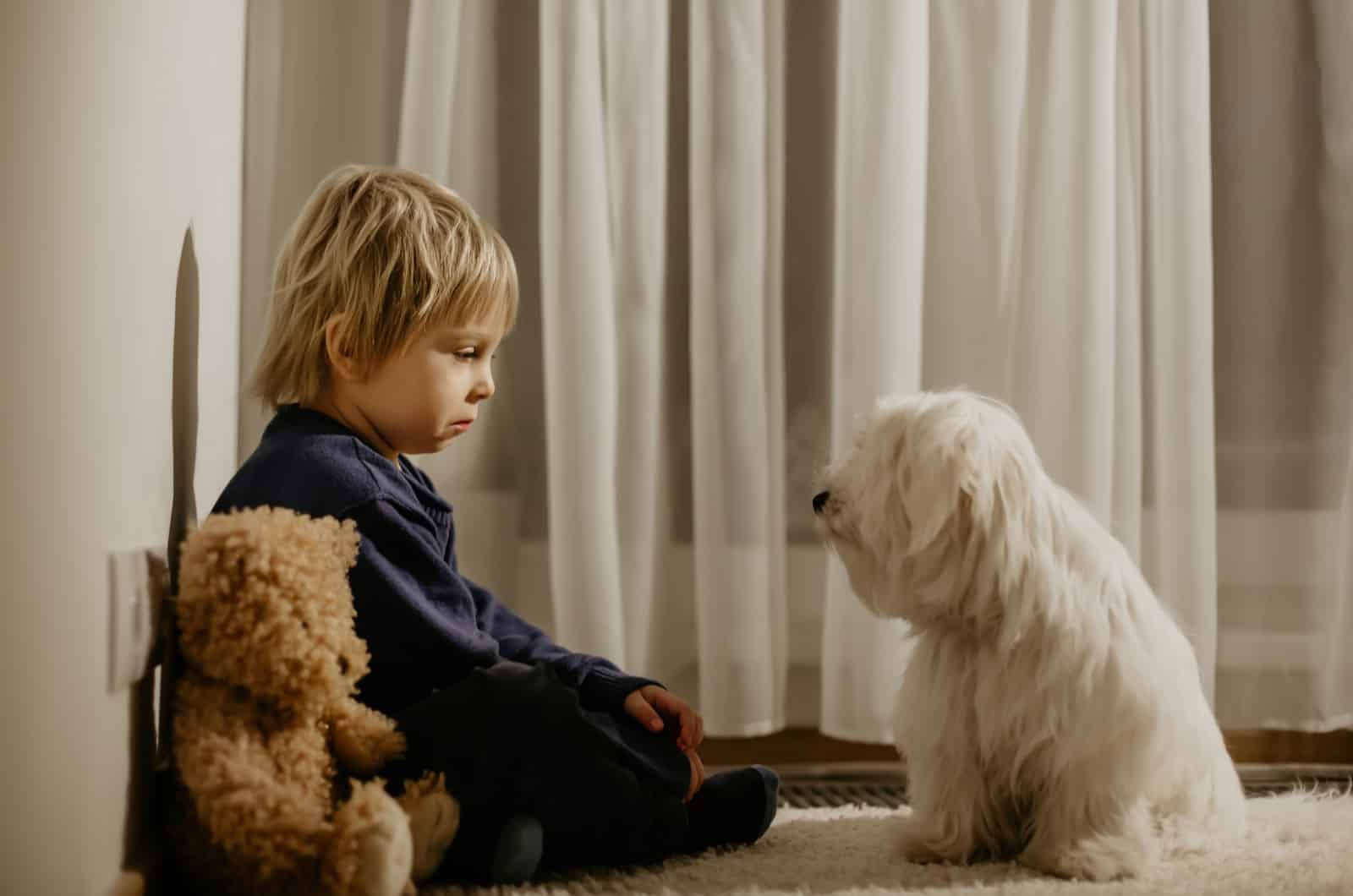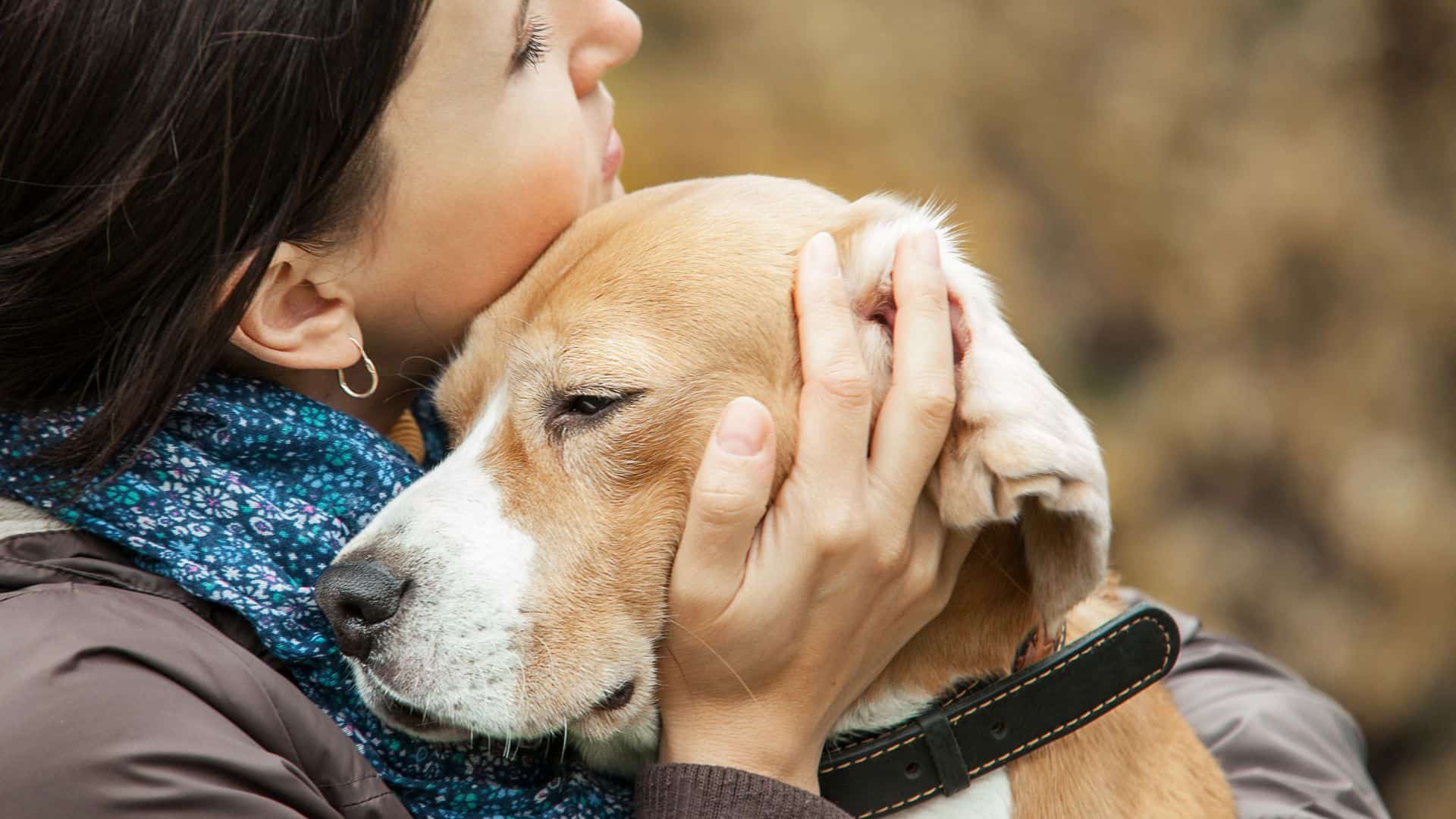Dogs are one of our oldest friends. They have been with us through thick and thin for the last thirty-thousand years. It’s perfectly normal to say that dogs are also our best friends and they have shown that their companionship can only lead to a positive influence in our lives.
That begs the question: just how well do dogs understand we humans? Can they know if we are sad? Well, scientists say they can. Let’s see what they have to say.
The Surprising Realization

It’s not an unusual statement to say that dogs have understood human emotions for a long time. Where the confusion lies for scientists is how they are able to understand our emotions based on facial expressions.
Given the many differences between a human brain and a canine brain, dogs do not possess a part of the brain that is sensitive to reading human faces.
Despite that, a researcher and a neuroscientist in Hungary, named Eötvös Loránd, published a paper in a Journal of Neuroscience in 2020.[1]
His findings say that dogs can really attend to human faces, recognize people, and read emotions as well.
Eszter Borbála Farkas, PhD, a member of the research team, said: But, other bodily signals seem to be similarly informative for them.
The Face Experiment

In order to test how dogs respond to human faces, the Hungarian researchers placed dogs and humans in an MRI tube where they would show them certain pictures of dog and human faces.
They found that even though dogs lack a face-sensitive region, their brain had certain circuitry that lit up when they were viewing pictures of other dogs.
This meant that they would prefer images of their own species rather than humans, but were still able to read and understand our faces to a certain extent.
This might be a bit confusing. If dogs do not have a part of the brain that makes them sensitive to human faces, then how can they read our emotions?
Well, the simplest explanation is that they do not care much about our faces, but that doesn’t mean they can’t perceive when we are sad.
They tend to read human emotions through more signs and signals than just our face.
A 2018 study by Natalia Albuquerque confirms this. She and her team tested how dogs respond to angry and negative facial expressions of both dogs and humans, accompanied by audio cues.
The results showed that dogs were more responsive to the negative emotions and sounds in humans as they would start licking their lips when presented with an image of an angry face.[2]
An earlier study in 2015 came to a similar conclusion; the only difference is that this study was testing canine reactions to happy human and dog faces.[3]
How Dogs Respond To Strangers

Now that we have established that our canine friends can really understand and read our emotions, there is still one important question, and that is: How do dogs respond to strangers?
The researchers, Corsin Müller, and Ludwig Huber, from the Messerli Research Institute, with colleagues at the Clever Dog Lab, tested this hypothesis.[3]
They showed faces of happy and angry human strangers to 20 dogs. They found that canines were able to tell the emotions, but found the happy faces easier to understand.
They concluded that this was likely due to many years of domestication.
What Do Dog Owners Think

To see if people experience this in real life, we will turn to a thread on reddit where people are talking about this topic.
One commenter said: My pup definitely changes her attitude when she sees me bawling at dramas. So… it seems that way.
The second commenter said: My dog emotionally profiles me all day. If I show the slightest amount of anger, frustration, or sadness, she’s on it immediately. It’s really something.
And lastly, one person said: I have a 12-week-old puppy, and I got really sad over the weekend because one of my neighbors died. I think she knew I was sad and was doing her best to cheer me up, and if my goofy 12-week-old puppy does it, it’s probably pretty instinctive!
So, if this little discussion hasn’t made it clear by now, it’s pretty apparent that our little pups can and will be there for us when we are sad.
When we think about this particular topic, there seems to be a lot of information and a lot of research done to try and understand it. Even though sometimes, results can vary, the truth is somewhere in the middle.
The simplest answer is usually the right one. All research points to the fact that dogs understand human emotions to a certain level, and they use many different signs and signals to perceive it.
After all, dogs are our most loyal companions. In the last thirty-thousand years that they have been with us, we have both adapted and evolved to better understand each other. This is the reason why dogs have become more attuned to our emotions and behavior.
It’s thanks to this bond that we have our loving furry companions, as they are always there for us and push us to be better people.
References:
[1] Bunford N, Hernandez-Perez R, Farkas E, Cuaya L, Szabo D, Szabo A, Gacsi M, Miklosi A, Andics A. (2020, October 21st) Comparative Brain Imaging Reveals Analogous and Divergent Patterns of Species and Face Sensitivity in Humans and Dogs. Research Articles, Behavioral/Cognitive.
[2] Albuquerque N, Guo K, Wilkinson A, Resende B, Mills D. (2018, December) Mouth-licking by dogs as a response to emotional stimuli. Research Article, Behavioral Processes.
[3] Müller C, Schmitt K, Barber A, Huber L. (2015, March 2nd). Dogs Can Discriminate Emotional Expressions of Human Faces. Research Article, Current Biology.
